Read next
The latest news, updates and expert views for ambitious, high-achieving and purpose-driven homeowners and property entrepreneurs.

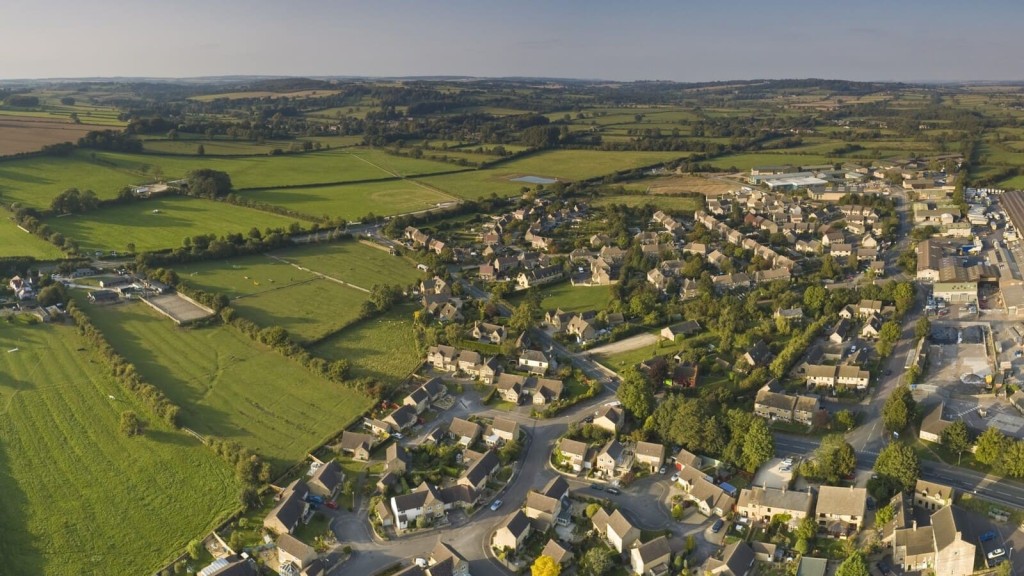
Big changes are shaking up England's Green Belt.
If you’re at all tuned into planning policy or property development, you’ll know the updated NPPF of December 2024 is rewriting the rulebook - and the impact could be monumental.
These aren’t just small policy tweaks; they’re meaningful changes that will see more development go ahead in the Green Belt than ever before.
In this article, we’ll unpack the key changes to the NPPF Green Belt policies, discuss what has remained the same, and highlight the Green Belt rules that have only slightly changed.
Let’s get started: An exploration of the key NPPF Green Belt updates you need to know.
The Green Belt is a longstanding planning policy designed to prevent urban sprawl and retain the openness of the countryside.
It’s part of the National Planning Policy Framework (NPPF) and was introduced back in the 1930s, barely evolving since. Looking at the Green Belt map, you’ll find Green Belts in various parts of England, the most prominent being the Metropolitan Green Belt, which spans over 500,000 hectares of land.
Though the Green Belt has five core purposes that focus mostly on mitigating urban sprawl, many Brits mistakenly conflate the policy with environmental protection. The reality that Green Belt is not green in an environmental sense comes as a shock to many who discover the policy's true planning objectives. This misconception has earned the Green Belt hordes of passionate supporters who believe the strict Green Belt rules that prohibit property development shouldn't be loosened, even to meet the dire housing needs of this country.
To be clear, those five key Green Belt purposes as outlined in the NPPF are:
As you can see, there is no mention of the environment in the Green Belt’s purposes. The idea that the policy is designed for environmental protection is one of the many Green Belt myths that has persisted for far too long.
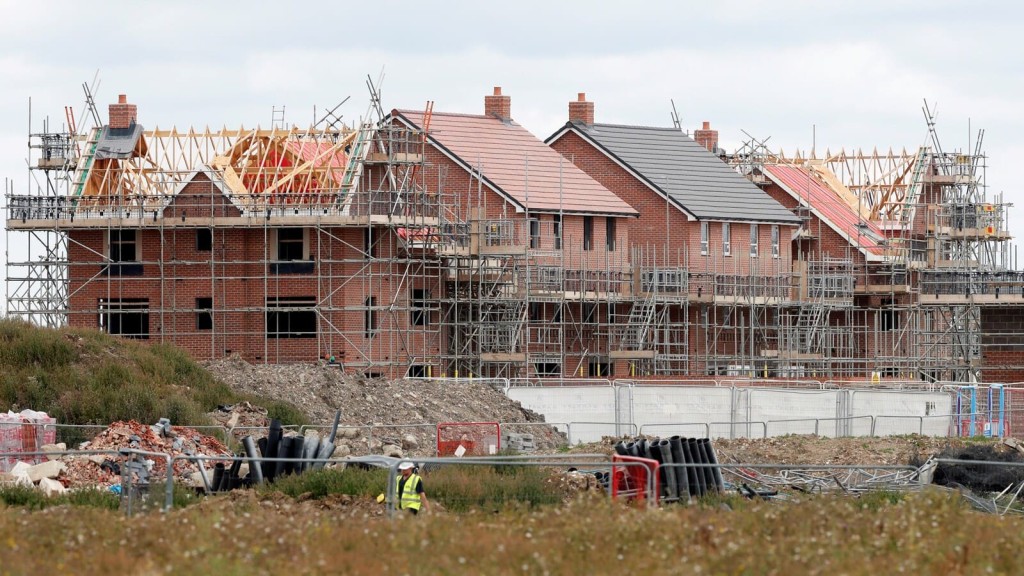
The Green Belt is a national policy, but each local planning authority (LPA) is responsible for enforcing it within its own jurisdiction. Because of this, interpretations of the policy tend to differ from council to council, resulting in uneven development outcomes across the country.
However, the December 2024 updated NPPF is making significant changes to create a more strategic and streamlined process. This includes a new rule that will compel LPAs to approve development proposals on Green Belt land when all alternative routes for meeting local housing need have been exhausted.
So, if an LPA fails to meet its mandatory housing target, building in the Green Belt will be necessary under the right circumstances. I’ll provide more detail on this and other new Green Belt rules shortly.
The 2024 NPPF update and various Green Belt rule changes are ultimately all tied to the new government’s primary goal: to build 1.5 million homes over the next parliamentary term.
For a long time, England has fallen short of delivering the housing its people need. Critics argue that the former Conservative government made things worse by abandoning housing targets and being generally unambitious in housing delivery. According to annual housing supply figures, just over 212,000 new homes were built in 2022-2023, falling substantially short of the 300,000 target.
So, the Green Belt reform and other changes in the NPPF 2024 update are a clear effort to turn the country’s housing disaster around and deliver the homes England so desperately needs.
Now we know why the changes to Green Belt planning policy are going ahead, let’s take a look at the most significant updates you should know.
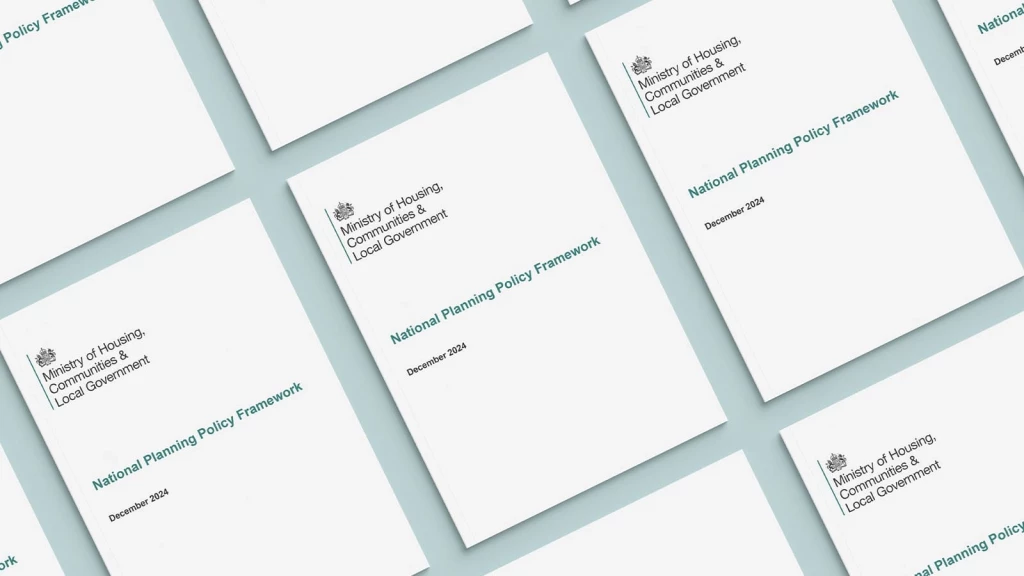
Let’s begin by discussing the key Green Belt rules that have been updated in the new NPPF.
In the past, if a council was failing to meet its housing needs, it had the option to adjust its Green Belt boundaries to allow for more building to go ahead. Because it was merely an option, not a directive, many councils wouldn’t tweak their Green Belt boundaries as it was both politically unpopular and a complex, time-consuming process.
However, the new NPPF will see Green Belt boundary reviews made mandatory in instances where an LPA cannot meet its local housing need and when it has already exhausted all other options.
An excerpt from the text in paragraph 145 of the new NPPF says:
“Once established, Green Belt boundaries should only be altered where exceptional circumstances are fully evidenced and justified through the preparation or updating of plans.”
It then continues in paragraph 146 to explain:
“Exceptional circumstances in this context include, but are not limited to, instances where an authority cannot meet its identified need for homes, commercial or other development through other means. If that is the case, authorities should review Green Belt boundaries in accordance with the policies in this Framework and 43 propose alterations to meet these needs in full, unless the review provides clear evidence that doing so would fundamentally undermine the purposes (taken together) of the remaining Green Belt, when considered across the area of the plan.”
So, a new exceptional circumstance for reviewing Green Belt boundaries is when an LPA cannot meet its housing, commercial, or other development needs via other avenues. Given the reinstatement of housing targets and the jump in the national goal from 300,000 to 370,000, many LPAs will now be required to adjust their Green Belt boundaries.
While this Green Belt planning policy change is significant, I am concerned with the disclaimer tacked on at the end: ‘unless the review provides clear evidence that doing so would fundamentally undermine the purposes (taken together) of the remaining Green Belt, when considered across the area of the plan.’ My fear is that this exception could be exploited by LPAs that have been historically resistant to building in the Green Belt.
The long-discussed Grey Belt at last has a definition, found in the glossary of the new NPPF:
‘For the purposes of plan-making and decision-making, ‘Grey Belt’ is defined as land in the Green Belt comprising previously developed land and/or any other land that, in either case, does not strongly contribute to any of purposes (a), (b), or (d) in paragraph 143. ‘Grey Belt’ excludes land where the application of the policies relating to the areas or assets in footnote 7 (other than Green Belt) would provide a strong reason for refusing or restricting development.’
Footnote 7 includes designations for environmental protection, including habitat sites, Sites of Special Scientific Interest, Areas of Outstanding Natural Beauty, and National Parks.
This definition broadly fits with what we expected. That said, slightly more detail could have added clarity and streamlined the process of distinguishing Grey Belt land from the Green Belt.
Plus, given most Green Belt designated land contributes to at least one of the purposes of the Green Belt, it may be tricky for councils to confidently identify land that meets this criteria.
We have our official Grey Belt definition, but what does the reality of building in this reallocated land look like? Well, there’s a bit of a process.
Paragraph 148 of the new Green Belt planning policy says that when it is necessary to release Green Belt land for development, LPAs should consider the following order:
So, councils must first consider PDL, then they can move on to the newly defined Grey Belt areas, the last resort being to release other Green Belt locations for housing development.
Building on brownfield (previously developed) land was always promised to be the key location for construction by the Labour government. However, it’s been shown that building on brownfield land alone is not enough to provide the amount of housing required. In fact, it is estimated that even if all brownfield land with development potential was redeveloped, it would supply only 970,000 dwellings, falling short of the goal of 1.5 million homes.
To bridge this gap, the new Labour government has highlighted the potential of Grey Belt land - including disused car parks and car wash facilities - that is well-connected and significantly underused. These sites, often situated in prime urban areas, are ripe for redevelopment.
By converting car parks and car wash sites into housing, we can both increase the housing supply and rejuvenate neglected parts of our towns, making them more liveable and sustainable.
Some golden rules have been introduced for major development on newly released Green Belt land.
They’re listed in para 156 as follows:
In my opinion, these golden rules are a great addition to the Green Belt planning policy changes. To see affordability prioritised is crucial, as opening up land for development without a focus on financial accessibility is pointless if our goal is to solve the housing crisis.
Plus, compelling developers to improve infrastructure and green spaces tells us that the government is thinking beyond merely producing housing; they’re adopting a holistic approach in the hopes of fostering more vibrant, functioning communities, rather than houses for the sake of houses.
The idea of improving the environmental value of land released from the Green Belt was reiterated in the consultation outcome text, which says the Green Belt is: ‘not an environmental designation or a marker of any environmental importance. Much of it is inaccessible to the public and of poor ecological status. We want our proposal to not simply offset the loss of Green Belt land, but to bring about positive improvements for the quality and enjoyment of the environment…. any development on land released from the Green Belt must bring benefits, via not only mandatory Biodiversity Net Gain, but also through new rules that will secure improved access to good quality greenspace.’
Making it clear to the public that the Green Belt is not, nor has ever been, an environmental measure is a crucial part of communicating these changes. If we want people to get on board with the Green Belt’s evolution, they need to understand what the policy is really for. That's exactly what this consultation text is helping to do and is also what blogs like this are designed for.
Plus, the government’s commitment to actually enhancing green spaces is commendable, and in some cases, could elevate these formerly environmentally overvalued lands into places of more genuine value.
Now, let’s take a look at a rule that has changed, but only slightly.
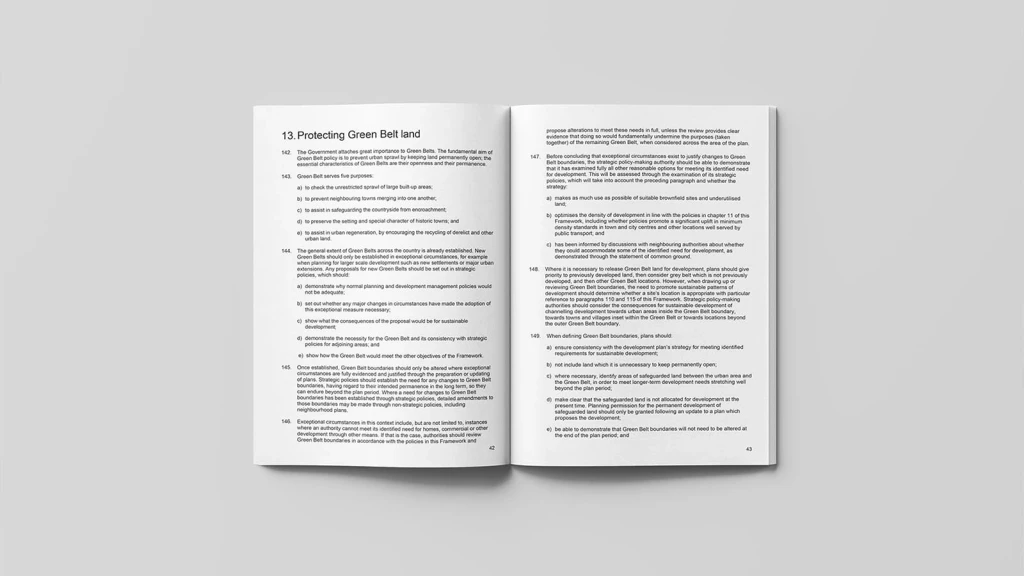
The main rule that has slightly changed involves the Green Belt exceptions, which can be found in paragraph 154 of the new NPPF.
It says that while LPAs should regard the construction of new buildings as inappropriate in the Green Belt, exceptions include:
While most Green Belt exceptions remain the same, clause g) has been updated to make limited infilling in the Green Belt a much more common occurrence. Formerly, for infilling to be deemed an exception, it also had to:
Further, clause h) has been introduced, which includes situations that were formerly deemed as ‘not inappropriate’.
Speaking of those items that are ‘not inappropriate’, that list has been updated too.
In paragraph (155), the new NPPF says that on top of the exceptions outlined in paragraph 154, Green Belt developments should not be classed as ‘inappropriate’ where:
Though usually all development in the Green Belt other than the exceptions are deemed ‘inappropriate’, now there are a few other occasions where development can be made possible.
Now let’s review the key rules that remain as they were.

Some Green Belt rules remain unchanged, including the fundamental aim and the purposes of the Green Belt. Let’s take a closer look.
The fundamental aim of the Green Belt policy is still to ‘prevent urban sprawl by keeping land permanently open; the essential characteristics of Green Belts are their openness and their permanence.’
Plus, the five key Green Belt purposes we mentioned earlier on also remain the same:
This commitment to the ongoing purpose of the Green Belt should be taken as a comfort by those who are sceptical of these changes. The government’s plans for Green Belt reform are by no means drastic; they are simply reworking an outdated policy to better reflect the needs of our time.
England’s Green Belts are long established and the updated NPPF will maintain that the creation of any new Green Belts can only happen in exceptional circumstances in situations of ‘larger scale development such as new settlements or major urban extensions’.
Paragraph 144 of the new NPPF says that new Green Belts need to be set out in strategic policies, which should:
Paragraph 153 of the new NPPF maintains that ‘inappropriate development is, by definition, harmful to the Green Belt and should not be approved except in very special circumstances.’
Therefore, just as before, LPAs need to weigh the potential harm to the Green Belt when making planning decisions and very special circumstances will not exist ‘unless the potential harm to the Green Belt by reason of inappropriateness, and any other harm resulting from the proposal, is clearly outweighed by other considerations.’
Though there is no definitive list of very special circumstances as there are for Green Belt exceptions, recent precedents include: a lack of traveller accommodation, improved educational or sporting facilities, rural worker accommodation, and special health reasons.
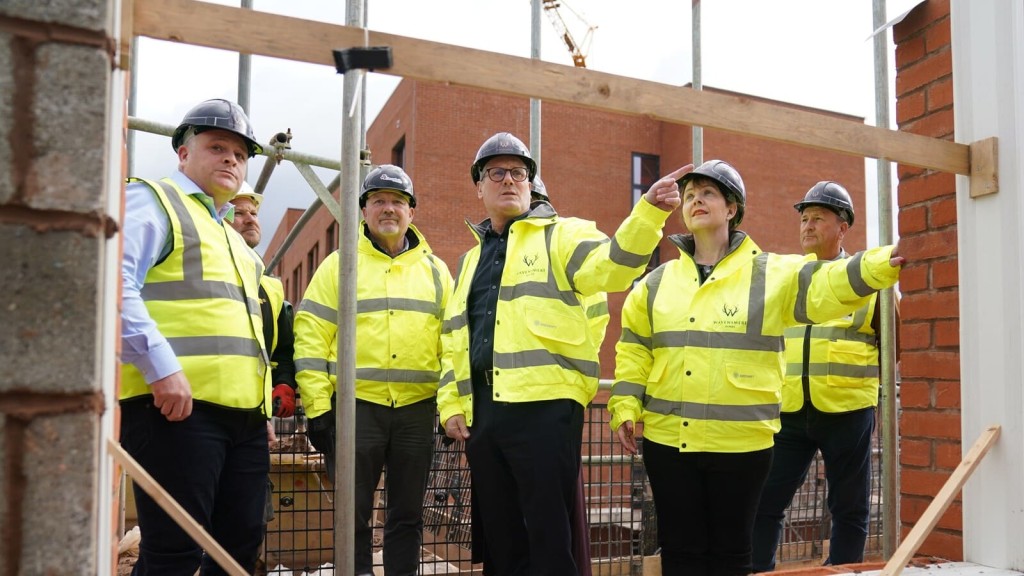
In my opinion, Labour’s Green Belt reforms won’t be enough to solve the housing crisis.
As mentioned briefly, I don’t believe the government’s official definition of ‘Grey Belt’ is as clear as it should be. While it is great to finally have the term defined, the definition rather broadly describes ‘Grey Belt’ as previously developed land and/or areas of Green Belt land that does not strongly contribute to any of purposes (a), (b), or (d) in paragraph 143.
This definition relies on subjective assessments of what constitutes ‘limited contribution’ to those three Green Belt purposes, which is likely to cause an uneven distribution of ‘Grey Belt’ sites and exacerbate regional disparities in housing availability.
The next concern I have is about one of the ‘golden rules’ for development in the Green Belt, namely, the requirement that 50% of housing built on Grey Belt needs to be affordable housing. While consideration of affordable housing is a crucial piece of the puzzle, if projects aren’t financially viable the mandate could deter developers from pursuing Grey Belt projects.
Of course, freeing up parts of the Green Belt for development isn’t the only change Labour has pledged, with a series of other reforms set to take place to improve England’s homebuilding output.
One of the most significant of these changes is the return of mandatory housing targets, which go hand in hand with increasing the annual national target to 370,000 (when it was in place previously the target was set at 300,000).
While increasing the annual national target to 370,000 indicates how committed this government is to changing the housing landscape, the practicalities of achieving this goal remains a mystery, particularly given the last time England built more than 300,000 new homes in a year was in 1969. With a skills shortage of more than 150,000 construction workers, I am sceptical of how these lofty goals will be reached.
Ultimately, Labour’s big changes are a step in the right direction and even if their ambitions are potentially unachievable, I think shooting for the stars and falling short will hopefully still land us in a better position than where we are currently.
I am looking forward to seeing more detail revealed regarding Labour’s new towns, which will hopefully be the success they were in the post-war era under the leadership of Clement Atlee.

While the path to planning permission in the Green Belt is undoubtedly challenging, it's not impossible. A lesser-known fact is that exceptions and special circumstances exist which can allow for securing planning permission. However, these opportunities are typically leveraged only by a select group of opportunistic and strategic developers.
Urbanist Architecture is a multidisciplinary architecture and planning practice rapidly earning a reputation as one of the country's leading firms, particularly in Green Belt planning permission. We bring deep planning expertise and hard-won Green Belt experience to complex developments and are uniquely positioned to help you secure planning permission.
If you would like to learn more about the Green Belt, want to stay abreast of the latest updates or to discuss your project in the countryside, please get in touch with us today.
While we’re on the topic of the Green Belt, allow us to tell you a little bit about our book, ‘Green Light to Green Belt Developments’.
As you’d know having made it this far through this article, the Green Belt is one of the most contentious and misunderstood pieces of planning policy in England and it’s a topic we at Urbanist Architecture have a lot of experience working with. For this reason, we decided to pool our learnings and pen a book delving deep into the Green Belt from every possible angle.
‘Green Light to Green Belt Developments’ investigates the policy's biggest winners and losers, explores its connections to climate change and the housing crisis, as well as what the future might hold. It also looks at the history of the policy and how it’s managed to endure while other policies have evolved and adapted with the times. Of course, it also identifies the exceptions and special circumstances that exist for permitting development in the Green Belt, so you can better your chances of gaining planning permission.
We’ve written this book for anyone seeking a more rounded understanding of one of England's most debated urban planning issues, making it accessible to both industry professionals and the general public.
Whether you are a landowner in the Green Belt wishing to understand the potential for land value uplift or a developer planning to build new homes in the Green Belt, this book is an essential read. Order your copy now.

Nicole I. Guler BA(Hons), MSc, MRTPI is a chartered town planner and director who leads our planning team. She specialises in complex projects — from listed buildings to urban sites and Green Belt plots — and has a strong track record of success at planning appeals.
We look forward to learning how we can help you. Simply fill in the form below and someone on our team will respond to you at the earliest opportunity.
The latest news, updates and expert views for ambitious, high-achieving and purpose-driven homeowners and property entrepreneurs.
The latest news, updates and expert views for ambitious, high-achieving and purpose-driven homeowners and property entrepreneurs.

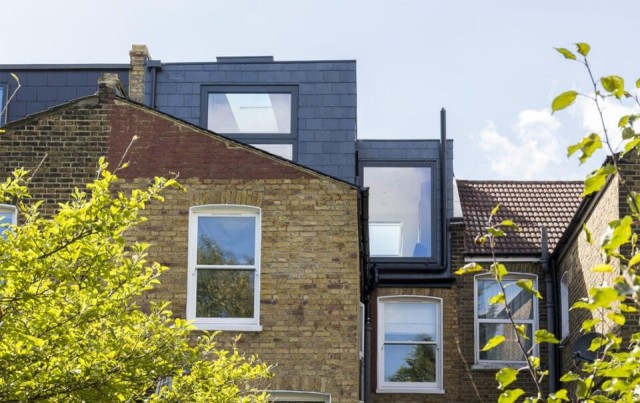
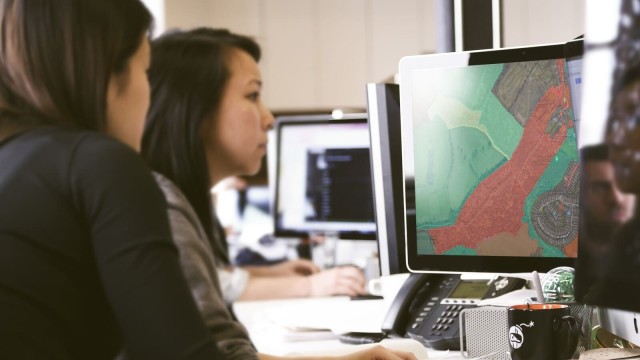
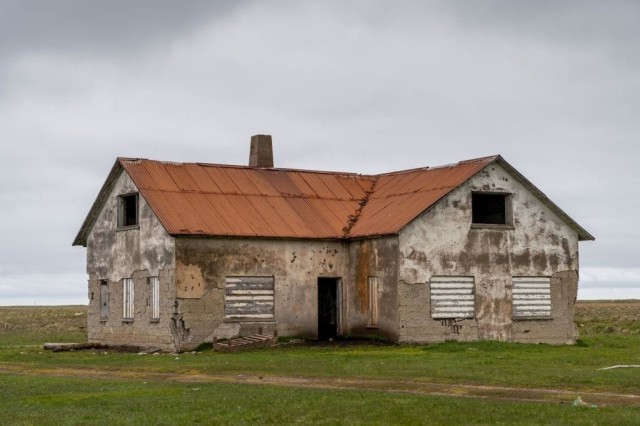
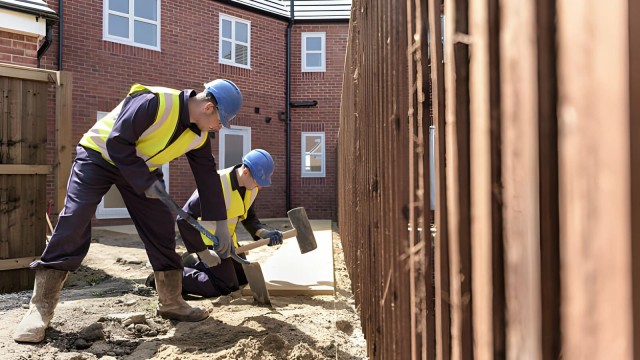
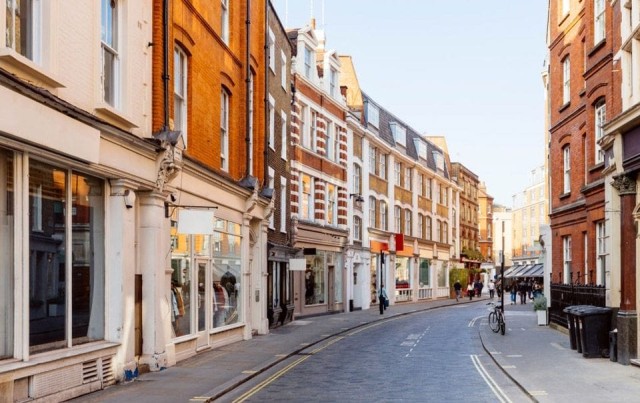
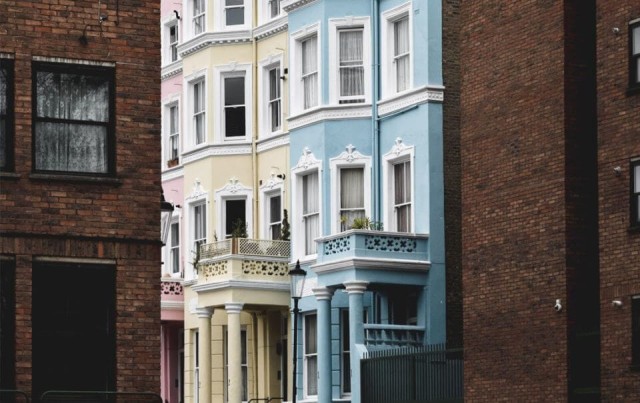



We specialise in crafting creative design and planning strategies to unlock the hidden potential of developments, secure planning permission and deliver imaginative projects on tricky sites
Write us a message